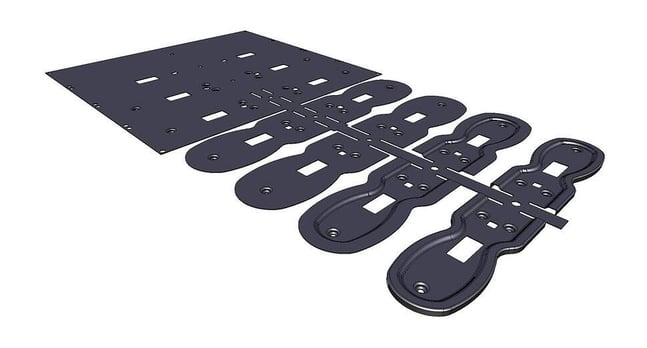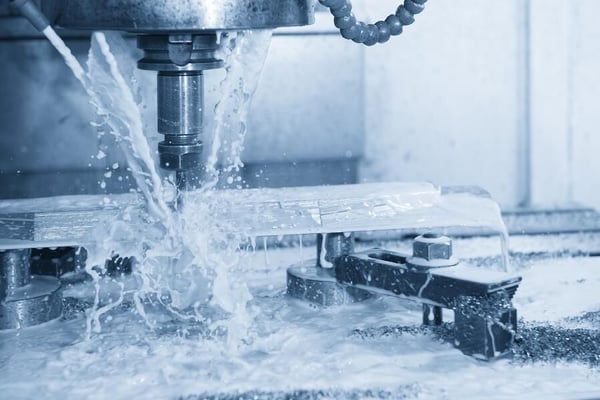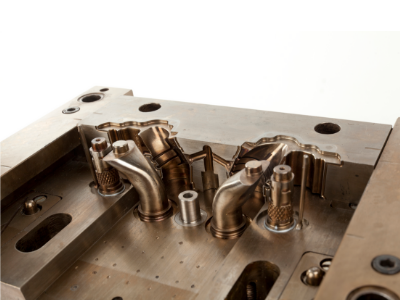Are you using the best CAD for the job? The design needs of tooling suppliers can be very different than those of their counterparts in product design, yet CAD systems are often sold as one-size-fits-all solutions. It can be difficult to determine which truly delivers the editing speed, file format flexibility, and data re-use capabilities that efficient tooling design requires. These tips will help you understand what tooling suppliers need most from a CAD system and how to choose based on these critical factors.
1. Overall: Speed Is Your Game
Companies contract out tooling for one reason: They want the tool quickly. They’ve designed the part, but adapting that design to build the molds, dies, jigs, or fixtures needed to manufacture that part is simply not their specialty. Your CAD system must first and foremost be versatile and efficient in order to deliver the product customers are truly after—not just tooling, but fast tooling.
2. Focus on Maximum Re-use
If you’re rebuilding parametric models in order to design tooling, you’re wasting time. Since tooling design revolves around the geometry of the part to be produced—and product definition can be easily transferred between CAD/CAM systems— wouldn’t it follow that the most efficient modeling approach builds the part faces of the 3D tool model by re-using the faces of the part model? Only a CAD system with true, history-free direct modeling enables this level of geometry re-use.
3. Stay Flexible (Use the Direct Modeling Approach)
Priorities for tooling design are different than those for product design; the respective CAD systems used should reflect that. The main benefit of the parametric modeling approach is to control model updates based on product performance characteristics that have been carefully built into the model. Unlike product design models, tooling design models are not driven by product characteristics, so they don’t need to be carefully built around them. Direct modeling supports fast, flexible editing without rebuilding the model around a new set of manufacturing characteristics.

4. Look Beneath the Surface of Direct Modeling Commands
Think the CAD you’re considering (or using now) has direct modeling capabilities? Be sure to take a closer look. Parametric modeling-based programs have all added some direct modeling tools, but few have the depth to quickly rip faces off models, build quick wireframes to support new surfaces, and stitch the model back up (good as new) or have the freedom of simple 3D primitive sketching. Tacking direct editing commands onto a history-based, parametric modeler does not change the CAD program’s fundamental nature or necessarily make it a good choice for tooling design.
5. Avoid PDM and Other Team-Centered Tools (You Don’t Need That Stuff)
When establishing criteria for reviewing CAD options, remove data management and team-centered tools from the equation. Tooling design is an individual sport. You don’t need to manage data access for a team of engineers or archive tooling design data long-term. The cocoon of data needed to support years of efficient high-volume production has little to do with the direct problem-solving that goes into designing tooling such as molds and dies. If a CAD system is loaded with these capabilities, it’s built to meet the needs of product design—not tooling.
6. Don’t Get Locked in by the Most Common Format
Tooling suppliers often have diverse customers, making the ability to be ready for work designed with any CAD program critical. Tooling design starts from part geometry, which is routinely moved between CAD systems using standard file formats and translators. No single file format has primacy. In fact, the efficiency gained using a CAD system with a broad range of import translators far outweighs any perceived benefits from adopting the software common among your customers. They are different systems for different jobs and, for tooling, maximum translation capabilities are a must.

7. Optimize for Speed, Not Weight (You Don’t Need FEA)
Tooling is designed and produced one time, making the types of optimization common to part design unnecessary. While optimizing properties such as shape, strength, and weight or the use of analysis tools such as FEA have no role in tooling, other properties are critical. The tooling must, of course, be accurate (that’s down to you) and produced quickly (that’s down to you and your CAD).
8. Don’t Choose Software Based on CAD Product Knowledge
Choosing a CAD system simply because candidates within the talent pool claim to already be familiar with it is shortsighted. Select the best CAD for the tooling work you do and train your staff to use it effectively. CAD is not so hard to use that you need to hire specialists or buy the CAD tools that are taught at a local school. Find people who are experts at what you make, with practical manufacturing experience. Young engineers might assume that the product design software they learned on is the “modern” way of design, being conditioned to see it as the best solution in any situation, but the fine points of tooling design are rarely taught in schools, so it’s up to you—with your deep knowledge of tooling’s unique processes and challenges—to adopt the best CAD system for the job.
9. Don’t Get Pressured by Design Engineering Culture
Tooling designers are the unsung heroes of manufacturing, actualizing painstakingly engineered designs into plastic and steel through a process that is as much art as it is engineering. That actualization process is unlike any other within the manufacturing chain, a distinct discipline handled by individual experts, requiring unique CAD systems. Don’t let product design, the most visible of all design disciplines, dictate the tools you use to meet the far less visible (and less understood) challenges of tooling. Apply the criteria we’ve outlined here, assess CAD software based on how it performs in a real-shop setting, and trust your experience as a tooling engineer.
KeyCreator Unconstrained CAD/CAM is the proven choice for tooling engineers and suppliers. Click here to read what users have to say and to request a trial today.

